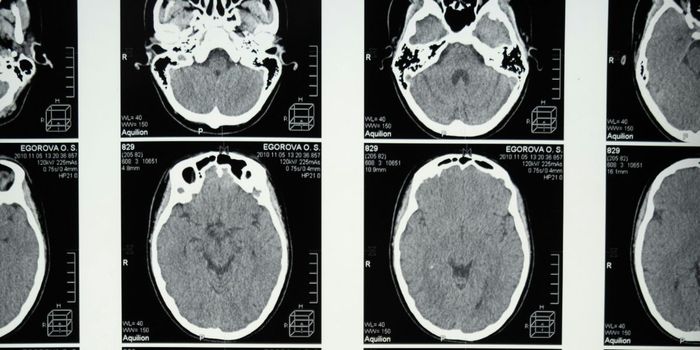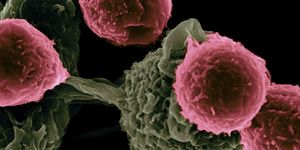Effects of Oxytocin Depend on Where it Comes From
Oxytocin has gained its reputation as the 'love hormone' for its role in regulating prosocial behaviors like empathy, trust, and bonding. However, in reality, its role isn't so simple. The neurotransmitter has also been found to play a role in antisocial behaviors and emotions, including reduced cooperation and anxiety. And now, researchers have found out why.
While oxytocin is mostly produced in the hypothalamus (the part of the brain key for maintaining homeostasis in the body), some is also produced in an area known as the bed nucleus of the stria terminalis (BNST), known for its role in the stress response.
Prior to the study, the researchers already knew that stress increased activity in the oxytocin-producing neurons in the BNST. While oxytocin-producing neurons are present in both males and females, previous studies have also shown that social stress has a stronger long-term impact on females' neurons than males'. This is interesting as asocial anxiety disorders also tend to be more common and severe in women than men.
To see whether oxytocin produced in the BNST could influence behavior, and for the present study, the researchers injected morpholino oligos into the BNST of mice to prevent oxytocin from being produced there. In doing so, they found that blocking the production of oxytocin in the BNST prevented increases in social vigilance from social stress in mice, as well as decreases in social approach.
Next, by injecting a virus into the brains of the mice to fluorescently mark oxytocin pathways, the researchers were also able to see that oxytocin-producing neurons in the BNST are connected to brain areas that control defensive behaviors. Infusing oxytocin into these parts of the brain then led ordinarily non-stressed mice to express anxious behavior such as increased social vigilance and reduced social approach.
The researchers say that their results are exciting as they explain why oxytocin sometimes increases levels of anxiety in humans. Combined with further study, they say that their results could better our understanding of which conditions oxytocin-based treatments benefit most, and to which they could be most harmful. They also said that in future studies, they hope to find out why oxytocin produced in the BNST seems to have stronger long term effects in females than males.
Sources: Neuroscience News, PNAS









